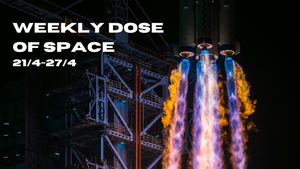
Weekly Dose of Space (21/4-27/4)
Welcome back to Weekly Dose of Space! Last week once again saw four launches worldwide, with launches occurring in both hemispheres. This week also saw lots of space exploration news from China too. As always, we'll also look ahead to the launch schedule worldwide for next week.
SpaceX
This week at Starbase started with workers scrapping one of the tank shells that was removed last week, the tank was in pieces by the roadside by the early morning of the 22nd. In the early morning of the 23rd, the tank that now has no shell was removed from the tank farm by the LR11000 crane with scrapping work beginning shortly after.
A day later on the 24th, the booster quick disconnect cover was spotted being reinstalled on the orbital launch mount. Later in the evening, the 'chopsticks' were also seen moving, likely to test an actuator that was installed last week. Also that evening, Booster 13 was moved from the production site to the Massey's test site for a cryo-proofing test. A couple days later on the 26th the 'chopsticks' were seen moving again, this time moving faster than previously observed.
Booster 13 underwent a cryo-proofing test early on the 27th fully loading its methane tank, this test is believed to have been successful but SpaceX did not confirm this.
Launches This Week
April 23rd - Falcon 9 with Starlink Group 6-53
SpaceX kicked off the launches this week with a Falcon 9 launching twenty-three Starlink satellites into low Earth orbit from Space Launch Complex 40, in Florida. The booster for this mission was B1078 making its ninth flight and landing successfully on the drone ship 'Just Read The Instructions' downrange.
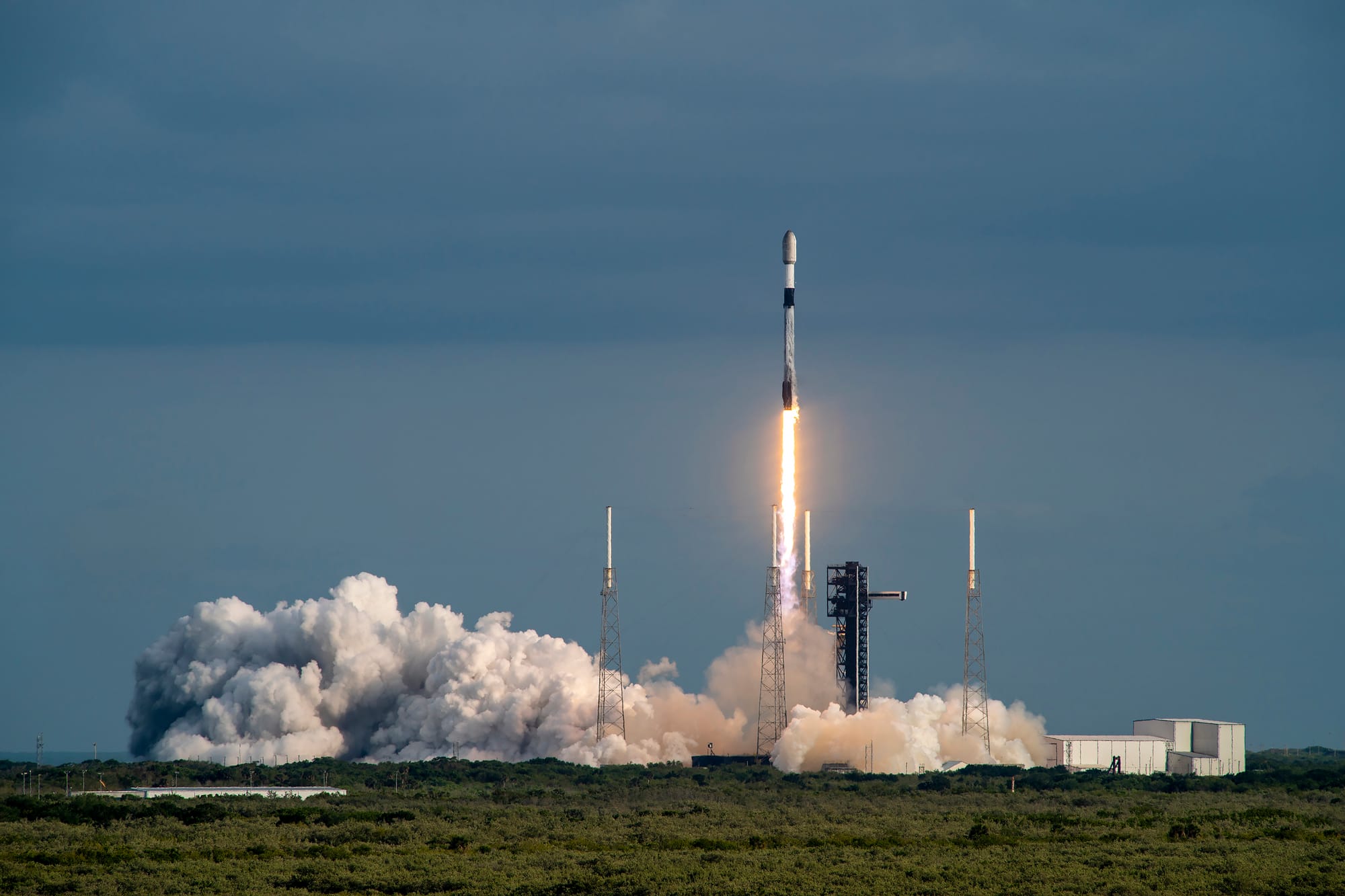
April 23rd - Electron for 'Beginning Of The Swarm'
Rocket Lab launched its Electron rocket from Launch Complex 1B on the Māhia Peninsula, in New Zealand. The rocket was carrying two payloads onboard: NASA's Advanced Composite Solar Sail System technology demonstration mission, and NeonSat-1 from South Korea.
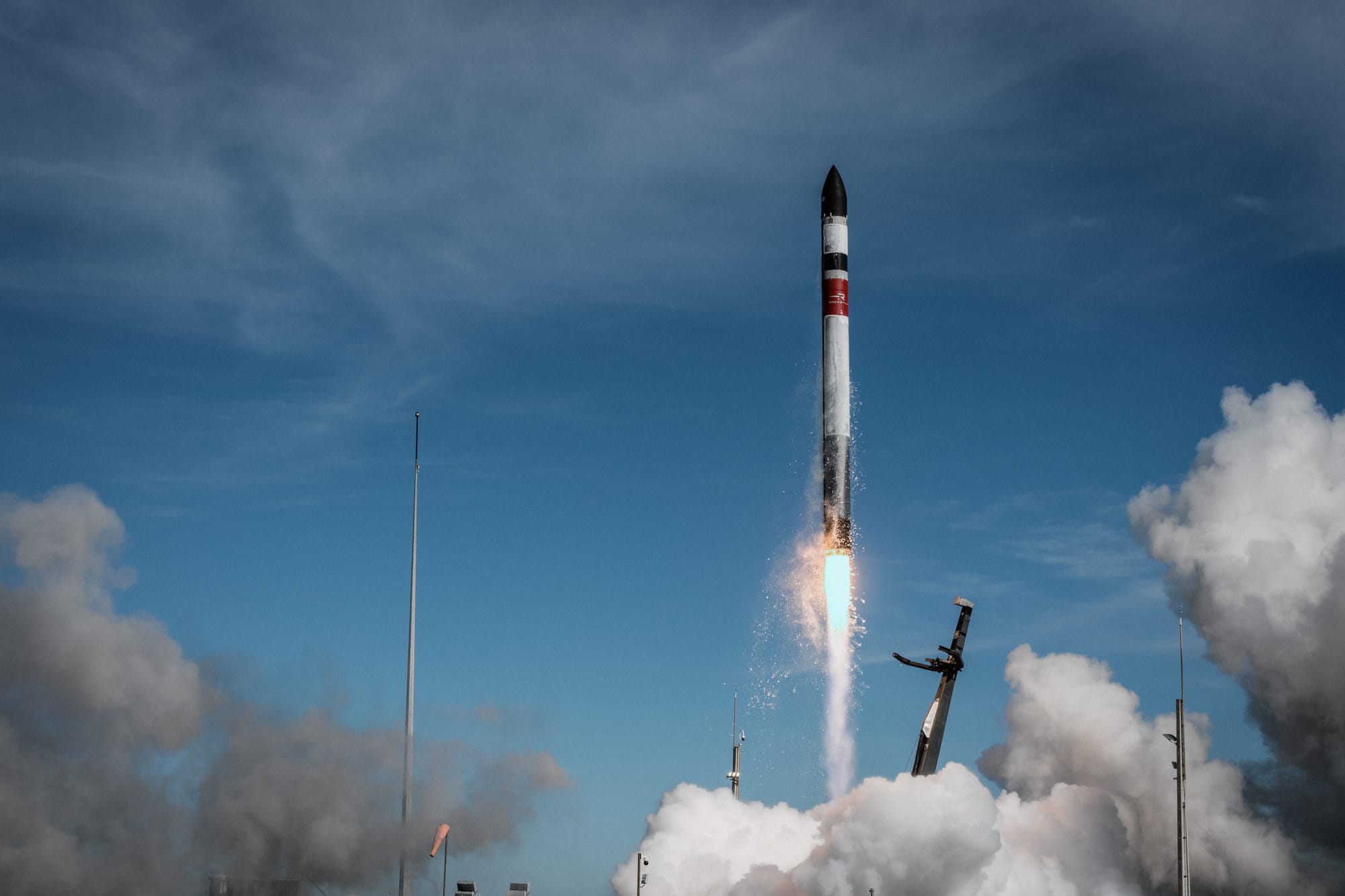
April 25th - Long March 2F/G with Shenzhou-18
China launched another crew to its Tiangong Space Station from the Jiuquan Satellite Launch Center atop of a Long March 2F/G rocket. The crew aboard the Shenzhou-18 mission are Ye Guangfu, Li Cong, and Li Guangsu. For more about the Shenzhou-18 crew and their mission click here.
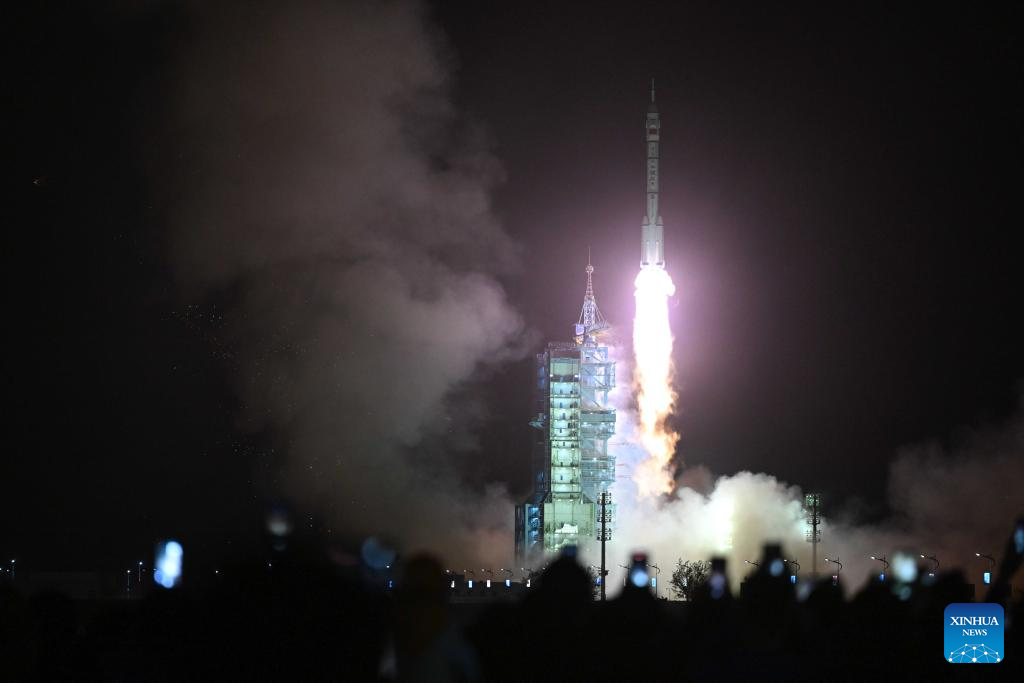
April 28th - Falcon 9 with Galileo L12
Europe had two of its Galileo satellites launched atop of a Falcon 9 from Launch Complex 39A. The satellites were delivered to a medium Earth orbit by the Falcon 9's second-stage. The booster for this mission was B1060 making its twentieth and final flight as it was expended due to performance requirements.
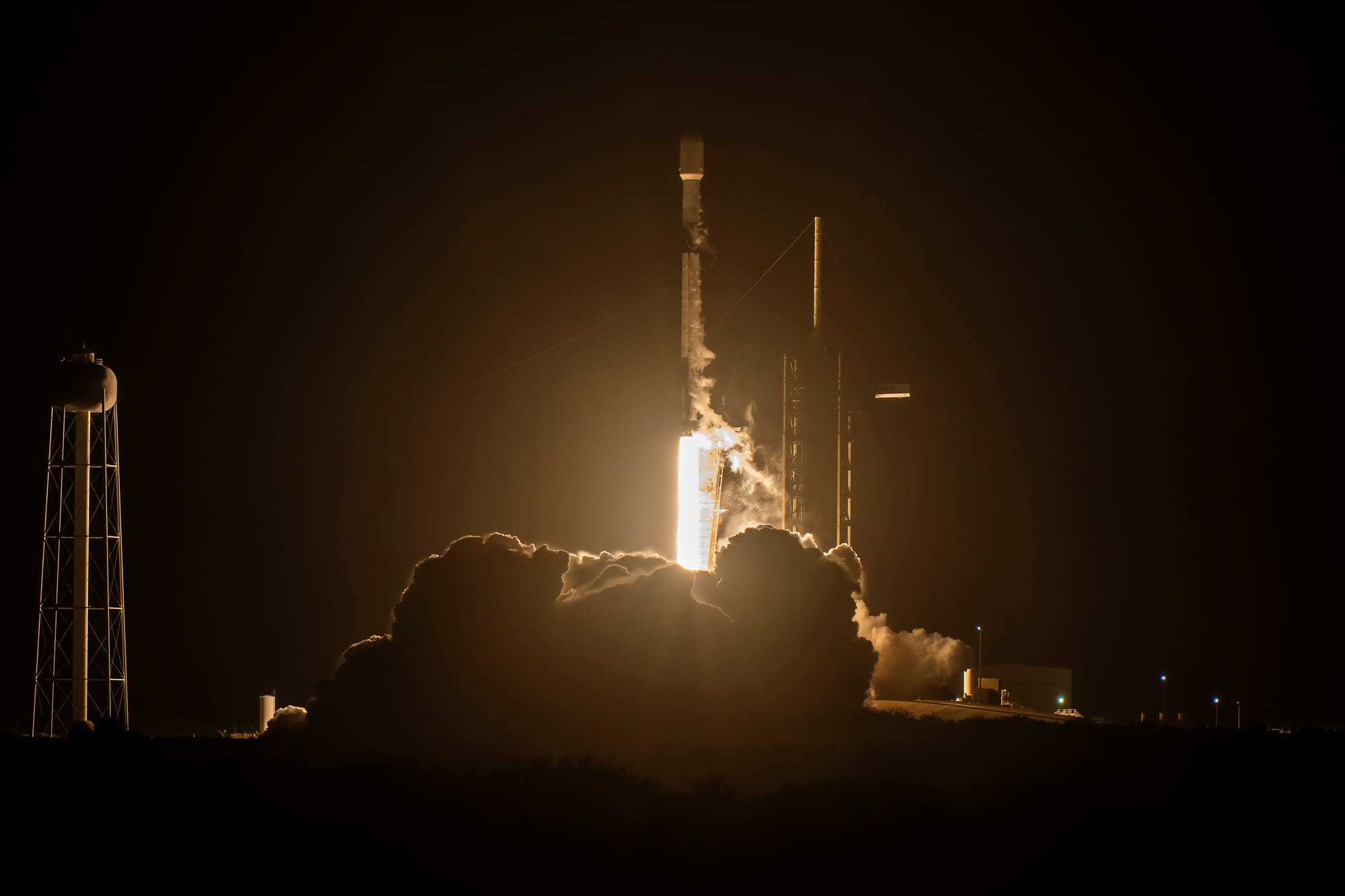
In Other Space News
Chang'e 6 moved to the launch pad!
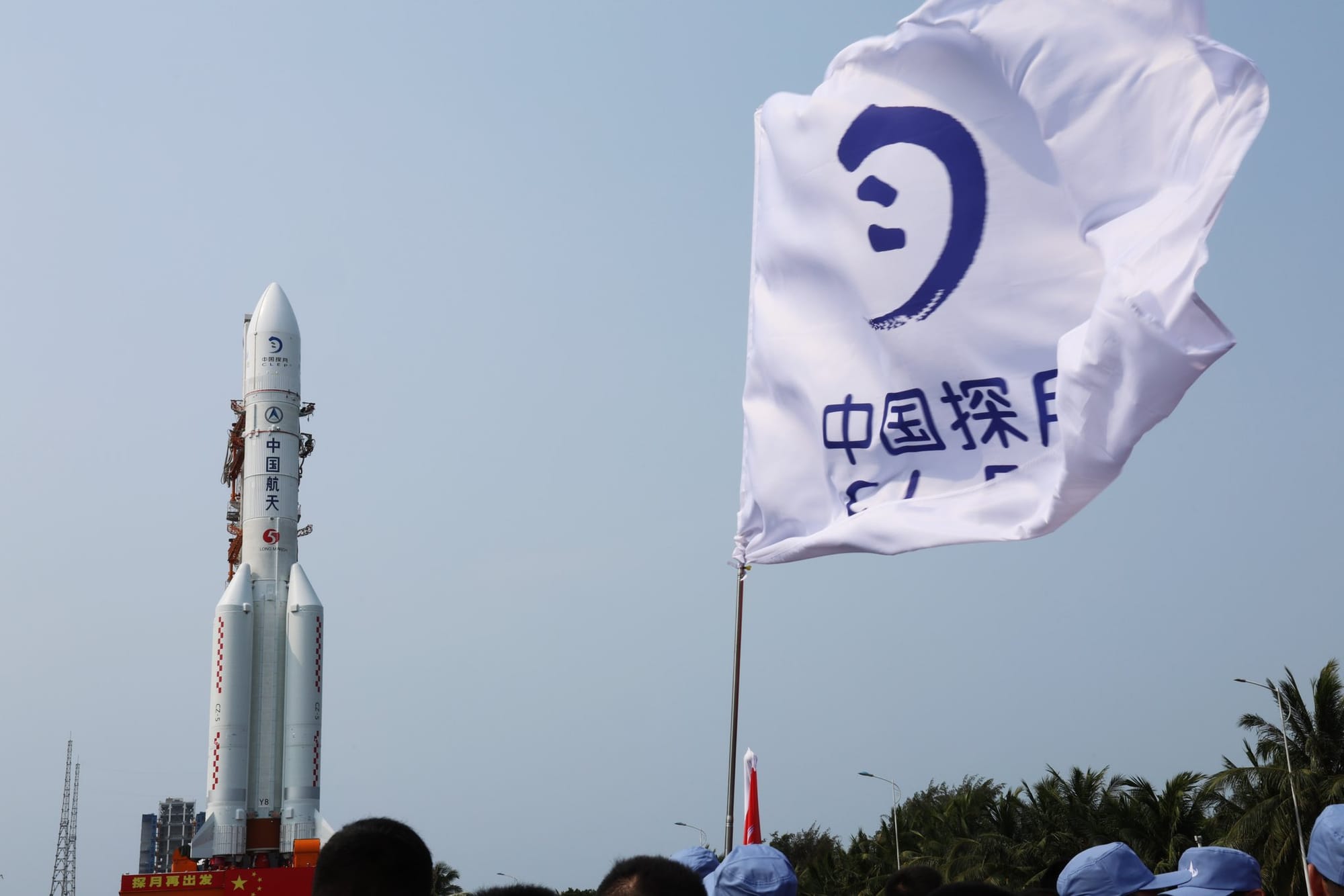
On the 27th of April, the China Academy of Launch Vehicle Technology rolled out its Long March 5 launch vehicle to LC-101 at the Wenchang Space Launch Site. The Long March 5 will start China's Chang'e 6 lunar far-side sample return mission, which if successful would be the first mission to do so.
Over the days leading up to the launch teams will perform final tests and load some propellants into the launch vehicle, the amount was not stated so this could be a full launch rehearsal.
The launch of the Chang'e 6 mission is currently scheduled for no earlier than May 3rd, with the spacecraft targeting a landing in the South Pole-Aitken Basin on the lunar far side.
Einstein beams back first images
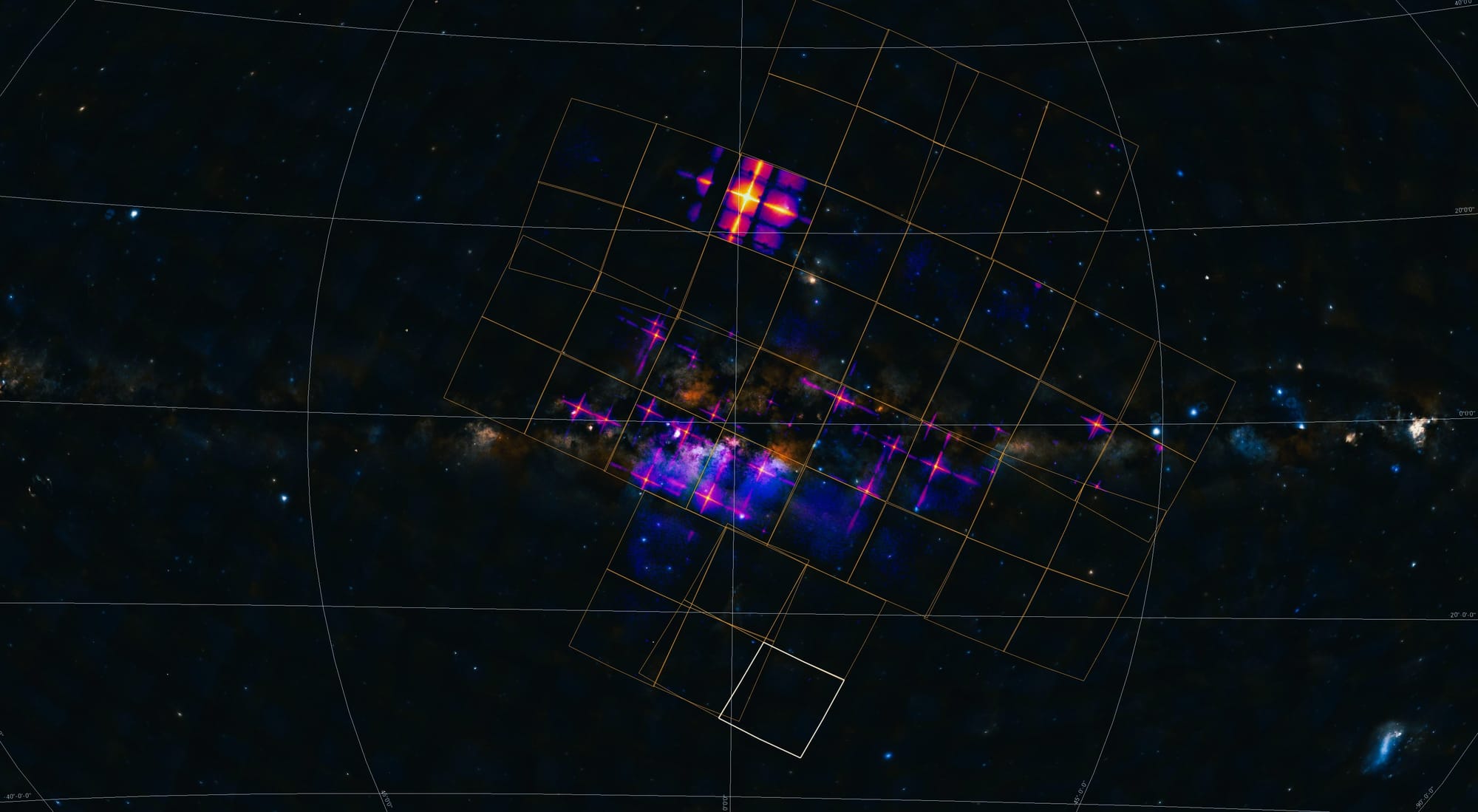
Also on the 27th, the National Space Science Center of the Chinese Academy of Sciences revealed the first images from the Einstein Probe at the 2024 Zhongguancun Forum in Beijing. The probe was launched back in early January and has recently completed commissioning tests to confirm the functionality and performance of the spacecraft and its instruments.
The Einstein Probe is a science mission by the Chinese Academy of Sciences in collaboration with the European Space Agency as well as the Max Planck Institute for Extraterrestrial Physics, based in Germany. The goals of the mission are to discover high-energy transients and monitor variable objects in the sky. It will do this with two instruments, the Wide-field X-ray Telescope and the Follow-up X-ray Telescope.
China gains three new lunar partners
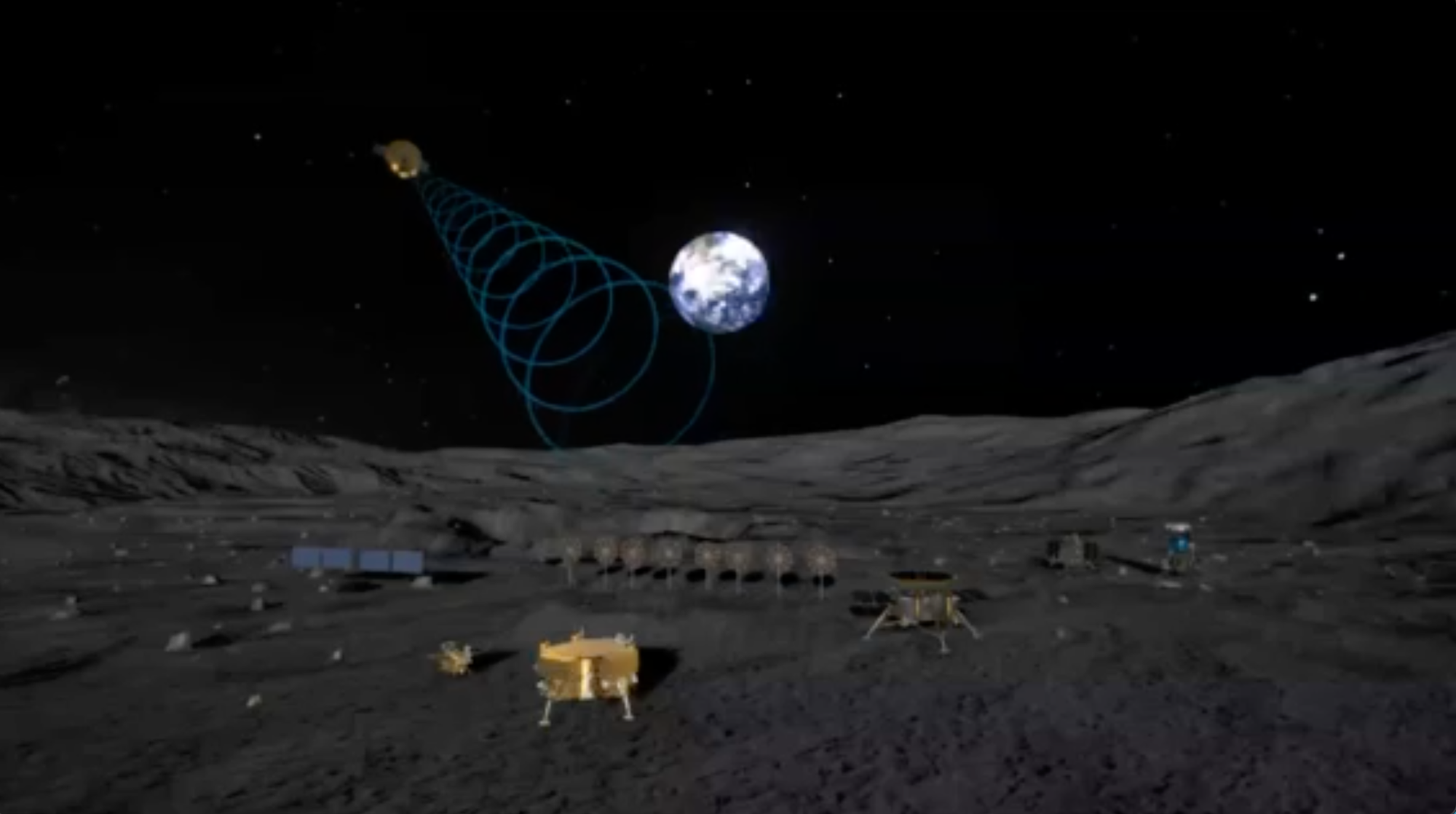
China has gained three new international partners for its International Lunar Research Station, they are Nicaragua, the Arab Union, and the Asia-Pacific Space Cooperation Organization, according to the Global Times while attending the opening ceremony of the Space Day of China 2024.
It was reported that China will cooperate with the three partners via engineering implementation, operation, and application of the International Lunar Research Station. Nicaragua was the tenth country to sign onto the program and joins Pakistan, Azerbaijan, South Africa, Venezuela, Russia, Belarus, Egypt, Thailand, Ethiopia, China, Kenya, and Turkiye.
What to Expect Next Week
Starbase
SpaceX belives that they can launch the fourth flight test of Starship-Super Heavy sometime in May. The company is still going through the process of a mishap investigation into the previous flight with the Federal Aviation Administration. Currently, both vehicles, Ship 29 and Booster 11, for the next flight have performed static fires with a wet dress rehearsal expected ahead of the flight.
April 28th - Falcon 9 with Starlink Group 6-54
SpaceX is expected to launch yet another Falcon 9 carrying more Starlink satellites to low Earth orbit. The launch is expected to occur from Space Launch Complex 40 with the booster believed to be B1076 making its thirteenth flight.
May 1st - Falcon 9 with WorldView Legion 1 & 2
SpaceX is also expected to launch two WorldView Legion satellites for Maxar to a sun-synchronus orbit from Space Launch Complex 4E, in California. The booster for the mission is currently unknown but is planned to land at Landing Zone 4, at Vandenberg Space Force Base.
May 2nd - Falcon 9 with Starlink Group 6-55
SpaceX is planning to launch yet another batch of Starlink satellites from Space Launch Complex 40 next week. The booster for the mission is currently unknown.
May 3rd - Long March 5 with Chang'e 6
China is expected to launch its Chang'e 6 lunar far-side sample return mission from LC-101 at the Wenchang Space Launch Site. This will be the eight launch of the Long March 5.
May 4th - Starlink Group 8-2
SpaceX is once again expected to launch another batch of Starlink satellites to low Earth orbit. This launch is expected to occur from Space Launch Complex 4E.




